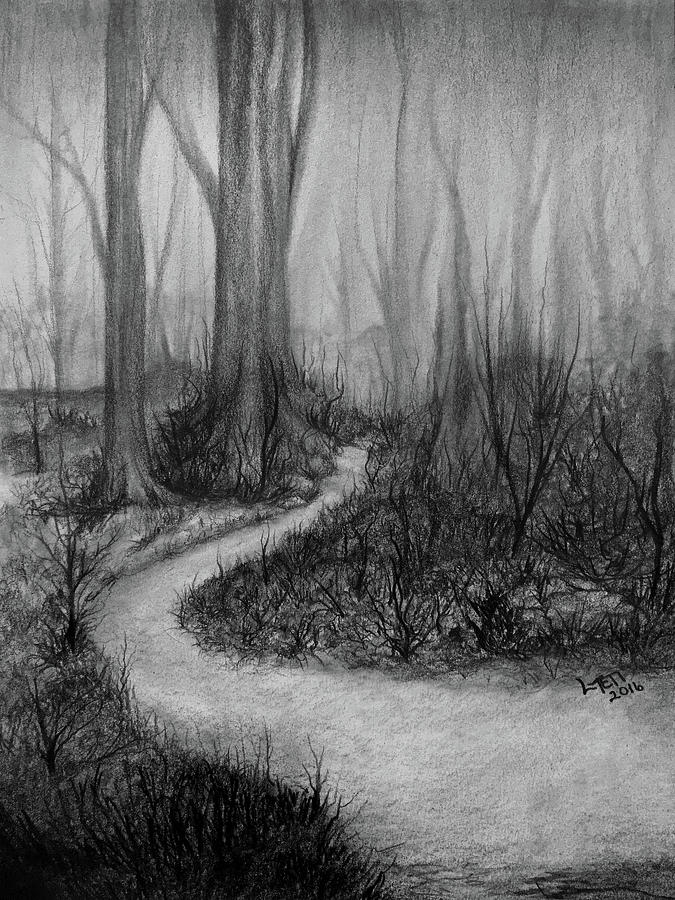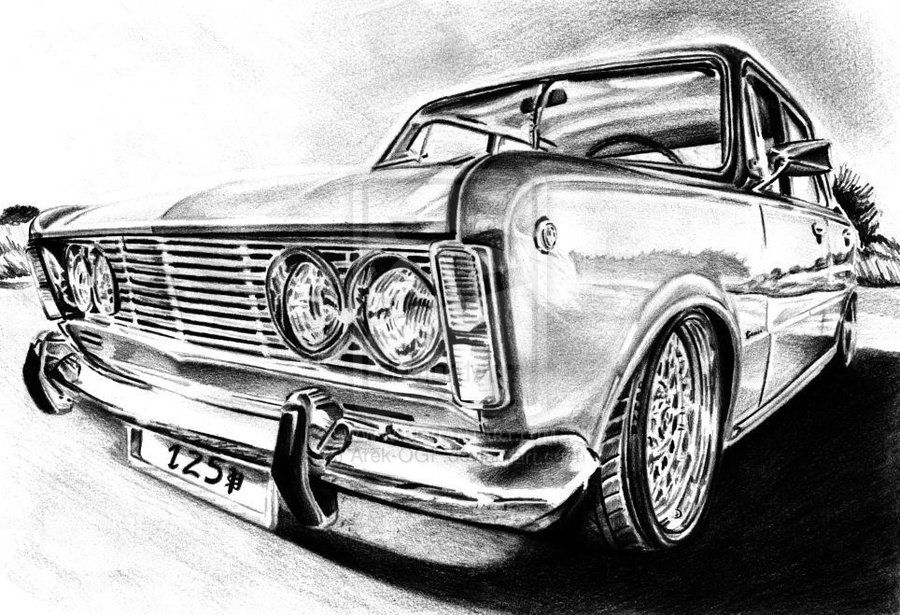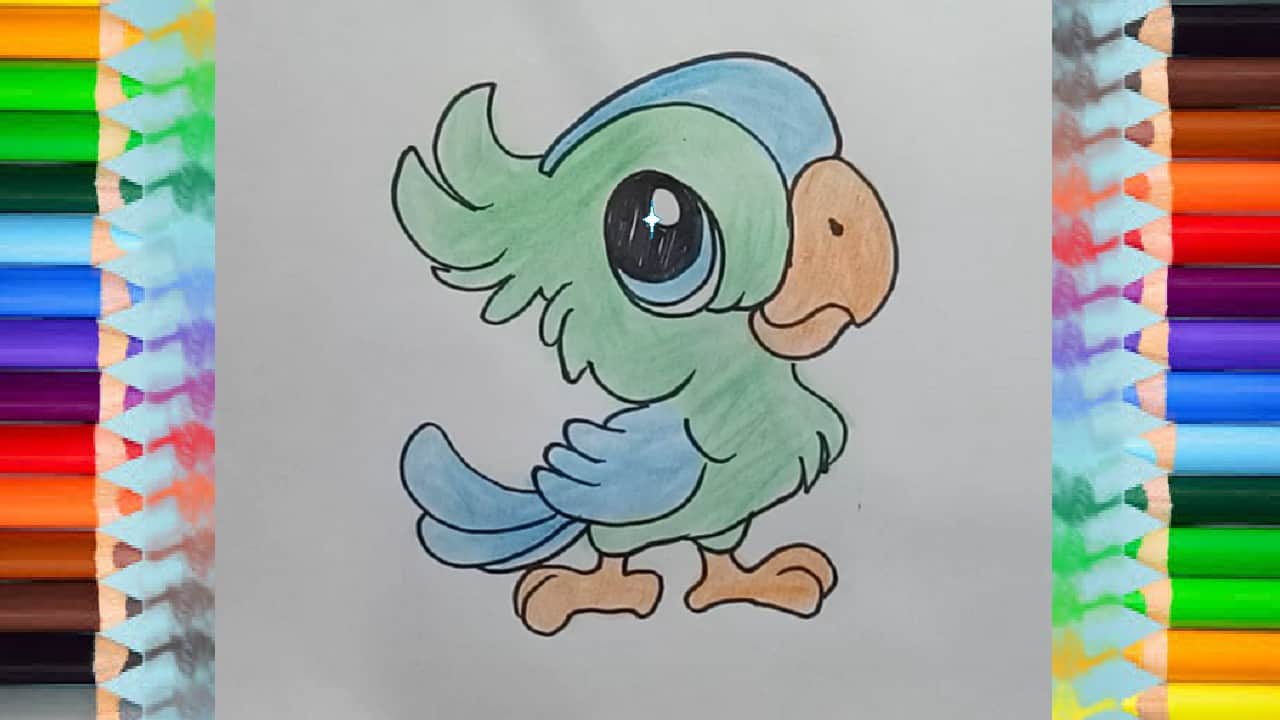How to draw woods step by step drawing guide by dawn
Table of Contents
Table of Contents
Have you ever wondered how to draw the perfect woods scenery? The beauty of nature can be captivating, and there’s nothing like showcasing it through your art. Whether you’re a beginner or a seasoned artist, drawing woods can seem challenging. But with the right techniques and tips, you’ll be creating stunning artworks in no time.
Pain Points of Drawing Woods
Drawing woods can be challenging because of its intricate details and varying textures. From the leaves to the branches, every aspect demands attention, making it difficult to capture its essence. It can be frustrating to get your artwork to look just right, and many artists struggle with creating depth and dimension while keeping things proportionate.
How to Draw Woods
The key to drawing woods is to start with a basic outline, and then gradually build on it. First, sketch out the main shapes of the trees and branches, followed by the placement of leaves or foliage. Then, add in the details, like the bark texture and trunk variations. To create depth, use shading to create contrast and highlights to bring out the details. Consider using a variety of pencils and shading techniques, such as cross-hatching and stippling, to create texture.
Main Points to Keep in Mind
- Start with an outline
- Add in details gradually
- Use shading to create depth and texture
- Experiment with different pencils and techniques
Techniques for Creating Woods
One way to create a stunning woodland landscape is to use a combination of charcoal and shading techniques. Charcoal is perfect for creating the dark textured bark that trees have, and it’s an excellent way to build up layers of shading to create depth. For foliage, start with a basic shape and then build on it by using a combination of light and dark lines. This will give the impression of leaves without having to draw each one. For the forest floor, consider using different sized blending stumps to create a natural blend of shadows.
 Always remember to focus on the direction of the light source, as this will ultimately dictate the shadows can be cast. It’s also essential to consider the perspective of your drawing, as different angles can significantly impact the overall feel of your art piece.
Always remember to focus on the direction of the light source, as this will ultimately dictate the shadows can be cast. It’s also essential to consider the perspective of your drawing, as different angles can significantly impact the overall feel of your art piece.
Adding Texture with Different Techniques
Another technique to add texture to your woodland scene is the use of stippling, cross-hatching or scribbling. These methods work well for creating leaves, grass or a rough texture, such as rocks or tree trunks. By experimenting with different pressures on your pencil, you can create more or fewer textured areas, adding to the level of detail in your artwork.
 Adding Highlights and Shadowing
Adding Highlights and Shadowing
To add highlights and shadowing to your woodland scene, use a variety of pencils ranging from light to dark shades. Use the lightest shade first, and then gradually add in darker tones as you go. This will create a natural transition, adding depth to the scenery. Consider using a blending tool, such as a blending stump or your finger, to lighten or darken certain areas, creating a more natural and faded effect.
Creating a woodland Scene from Memory
Creating a forest scene from memory can be a fun challenge. It allows you to incorporate your personal style, and there’s no limit to what you can create. Start by taking a few moments to visualize your ideal forest scenery. Consider the different elements you want to include, such as wildlife, flowers or streams. Then, sketch out the basic outlines and gradually build up the details, experimenting with different techniques and colors.
 Question and Answer
Question and Answer
What type of paper is best for drawing woods?
Consider using drawing paper with a higher tooth, such as 80-pound paper, to create more textured effects on your artwork.
What are the best pencils to use for drawing woods?
Consider using a variety of graphite pencils between 2H to 9B, to create a range of darkness and highlight in your artwork.
What is the best way to create a focal point in a forest scene?
Consider using brighter colored leaves, larger or a different style of tree, or add in wildlife to create a focal point that draws the viewer’s eye.
How can you make a forest scene look more realistic?
Consider studying real-life woodland scenes and take note of the different elements, textures, and colors that make it unique. Incorporate these elements into your artwork to make it more lifelike.
Conclusion of How to Draw Woods
Drawing woods can be challenging, but with the right techniques, you can create stunning artworks that showcase the beauty of nature. By starting with a basic outline, adding in details gradually, and playing around with shading, texture, and contrasting colors, your artwork will come to life. Don’t be afraid to experiment with different pencils, tools, and methods. The more you practice, the more you’ll learn and develop your unique style. Happy drawing!
Gallery
Janet Daley: A Walk In The Woods. Charcoal Drawing. 2011. | Drawings

Photo Credit by: bing.com / woods drawing wood draw charcoal walk daley janet drawings
How To Draw Woods, Step By Step, Drawing Guide, By Dawn - DragoArt

Photo Credit by: bing.com / menggambar hutan pepohonan dragoart langkah
How To Draw Woods, Step By Step, Drawing Guide, By Dawn - DragoArt

Photo Credit by: bing.com / menggambar hutan pepohonan dragoart langkah
How To Draw A Forest (video) | Forest Drawing, Landscape Drawings

Photo Credit by: bing.com / johnmuirlaws
Walk In The Woods Drawing By Laura Teti

Photo Credit by: bing.com / woods drawing walk teti laura drawings 6th uploaded august which






